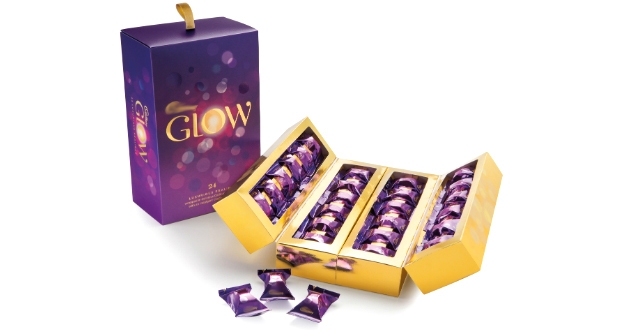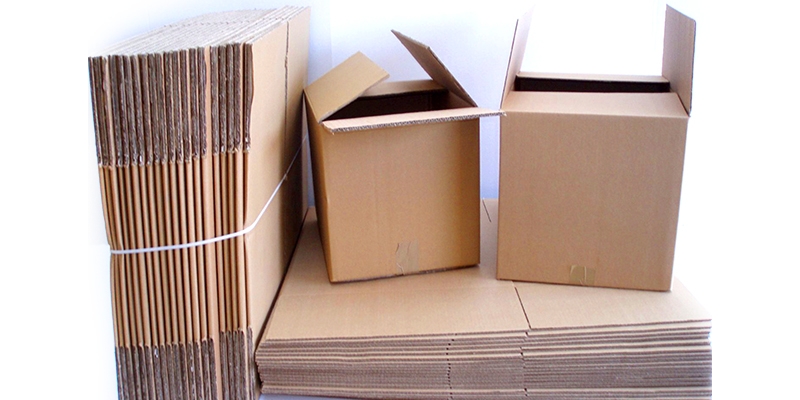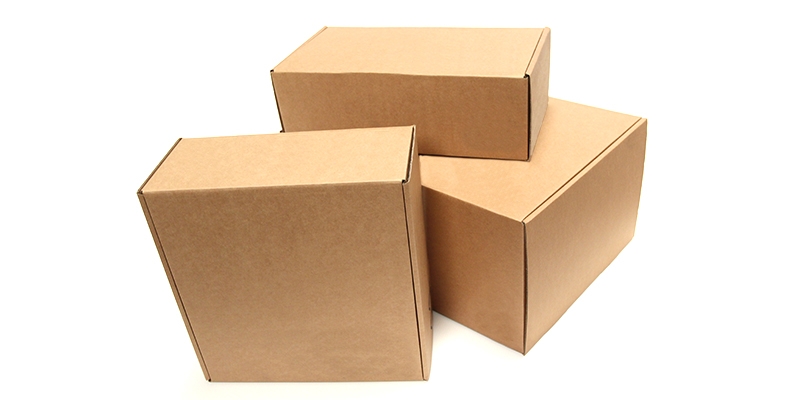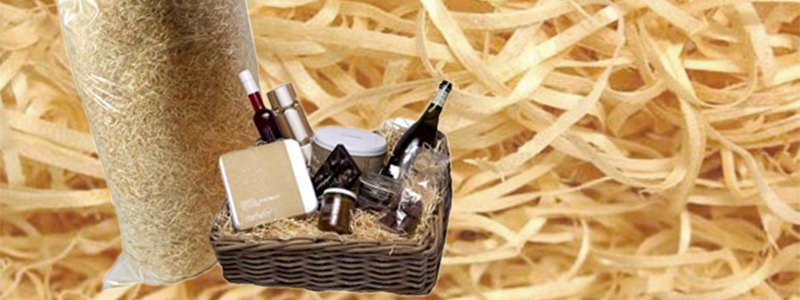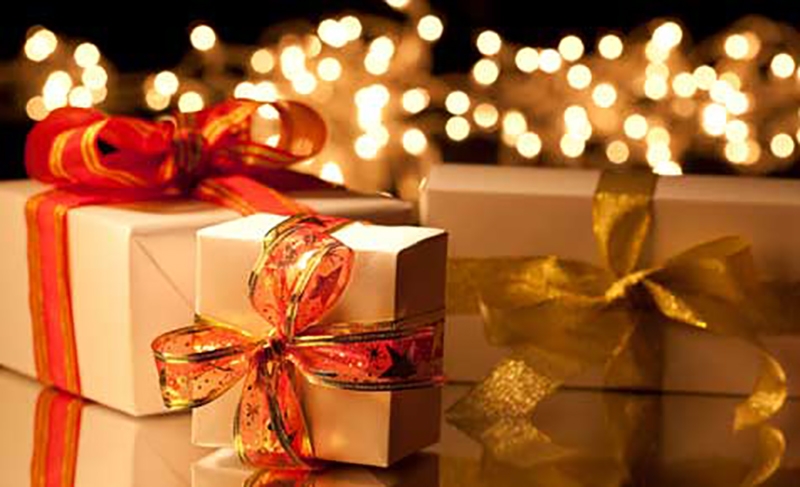
Why Recycle?
If you’re not already recycling, we explain how easy it is and how you can really make a difference.
For those who already recycle, discover the positive effect your recycling efforts are making and find out what else you could do.
Recycling conserves resources.
Why Recycle ? When we recycle, used materials are converted into new products, reducing the need to consume natural resources. If used materials are not recycled, new products are made by extracting fresh, raw material from the Earth, through mining and forestry.
Recycling helps conserve important raw materials and protects natural habitats for the future.
Recycling saves energy.
Using recycled materials in the manufacturing process uses considerably less energy than that required for producing new products from raw materials – even when comparing all associated costs, like transport.
Plus there are extra energy savings because more energy is required to extract, refine, transport and process raw materials ready for industry compared with providing industry-ready materials.
Recycling helps protect the environment.
Recycling reduces the need for extracting (mining, quarrying and logging), refining and processing raw materials all of which create substantial air and water pollution.
As recycling saves energy it also reduces greenhouse gas emissions, which helps to tackle climate change. Current UK recycling is estimated to save more than 18 million tonnes of CO2 a year – the equivalent to taking 5 million cars off the road.
Recycling reduces landfill.
When we recycle, recyclable materials are reprocessed into new products, and as a result the amount of rubbish sent to landfill sites reduces. There are over 1,500 landfill sites in the UK, and in 2001, these sites produced a quarter of the UK’s emissions of methane, a powerful greenhouse gas.
What Happens To Our Recycling?
Ever wondered what happens after your recycling bins are collected or you drop something off at the recycling centre? We explain how your recycling becomes a valuable resource.
Recyclable items are predominantly collected from your home in two ways. There are kerbside ‘sort’ schemes where recyclables are sorted into their respective materials on the lorry at the kerbside; and co-mingled collections where all your recyclables are put into one compartment on the lorry before being taken to a Materials Recovery Facility (MRF) and sorted.
At the MRF, all the mixed recycling is sorted and separated into different types of materials by hand or machine (or both) before being sent to manufacturers who make it into new products.
Once collected and sorted, recycled materials become valuable commodities in the worldwide market.
What is recycled in the UK?
There are many recycling plants in the UK, reprocessing million of tonnes of material every year.
All of the newsprint manufactured here in the UK is now made from 100% recycled paper.
All of the organic (garden and kitchen) waste we collect is recycled here, usually quite close to where it is collected.
Over 80% of the glass collected for recycling is used in the UK, the majority of it to make new glass bottles and jars.
There is an ever increasing range of high quality products that are made in the UK from recycled materials. To find out what happens to the things you recycle watch our short animations and read the fact files.
Does the UK export any recyclable material?
Countries such as China are prepared to pay high prices for recyclables such as waste plastic; mainly because they do not have readily available sources of virgin materials (no indigenous forests or oil supplies) and they have a large manufacturing industry that requires these products.
Even though exporting our recyclables means a bigger recycling loop because recyclable materials are transported further, it is still a better environmental option than using virgin, raw materials.
It minimises the need to use our natural resources such as oil using recycled materials significantly reduces energy use and carbon emissions during the manufacturing process.
The transport impacts are reduced because the materials are transported in container ships returning to China after bringing the goods to the UK.
It means those materials are not being landfilled.
